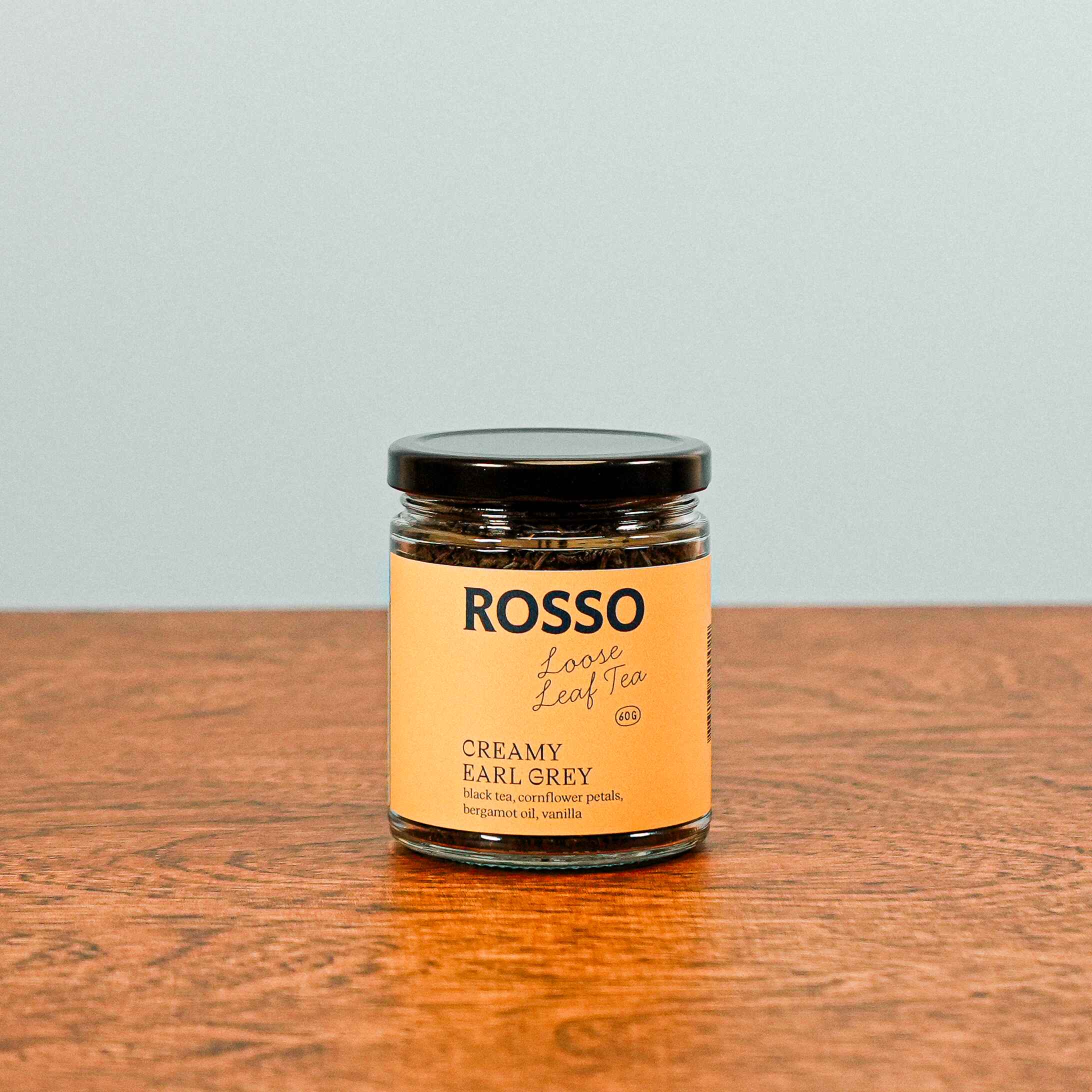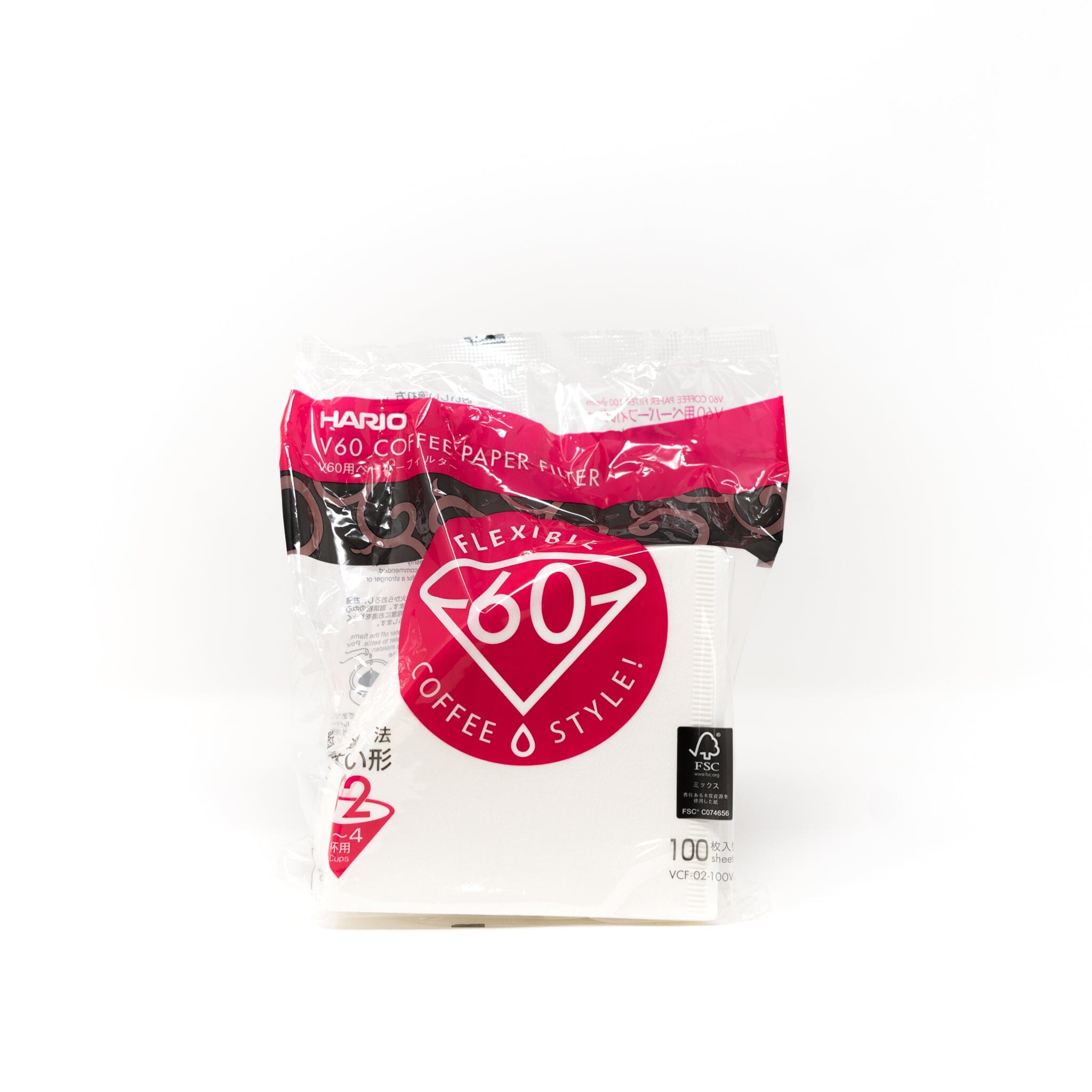Processing
There are three main ways that coffee cherries are processed; Washed, Natural and Pulped Natural, with each method imparting a unique taste profile to the coffee.
Washed // Wet Process
After the coffee cherry has been picked, it’s brought to a wet mill, going through a depulper to remove most of its outer skin and fruit flesh layer. The coffee is then placed into clean water tanks where any remaining fruit flesh is removed through fermentation. The process of fermentation will both clean the remaining fruit flesh and will aid in sugars becoming acids. The coffee is then washed to get rid of any remaining debris, the last stage before the coffee is laid out to be dried.
Washed coffees are characterized as:
Clean
Bright
Mild

Natural // Dry Process
This is the oldest method of cherry processing. After picking, the coffee is spread into a thin layer on a concrete patio or on raised beds for drying in the sun. This method is very intensive for producers as the cherry needs to be constantly raked in order to promote even drying - if this is constant rotation is not done, the cherry will hold moisture and cause mold, ferments and negative flavour attributes. Once the drying of the cherry is complete, the dried fruit layer is removed and then the green coffee is stored before shipment.
This processing method is usually conducted in areas where water is not necessarily easy to access, or in positions where a producer is looking to emphasize certain traits in their crop.
Natural coffees are characterized as:
Exotic
Fruity
Complex

Pulped Natural
Similar first stage to the washed process, the coffee is mechanically depulped, however the depulper can be controlled to leave a specific percentage of the fruit flesh on the green coffee. The coffee is then dried on patios or raised beds similar to the natural process. With pulped natural coffees there is less risk of defects compared to dry natural, but increased sweetness and body compared to the washed process from the fruit that was left on the coffee. This is similar to Honey process - listed below - which is becoming common in Central America.
Pulped natural coffees are characterized as:
Pleasant Sweetness
Less acidity and more Body than Washed
Cleaner and more Uniform than Natural

Honey
There is a spectrum of ranges that describe honey coffees. These ranges are dependant on the amount of mucilage that is left on the parchment after the removal of the cherry. The more mucilage left on the parchment translates to a few things; for one, as the coffee dries, it'll absorb sugars from the mucilage effecting the flavour profile of that coffee. On the other hand, honey coffees are incredibly sticky and producers need to frequently rotate their drying beds to ensure even drying. Below, you can see a spectrum of honeys.

Swiss Water Decaffeination
A 100% chemical free eco-friendly method that uses water to remove the caffeine from green coffee. The resulting coffee is 99.9% caffeine-free while maintaining the unique origin characteristics and flavour profile.
A coffee depulper in slo-mo action!










